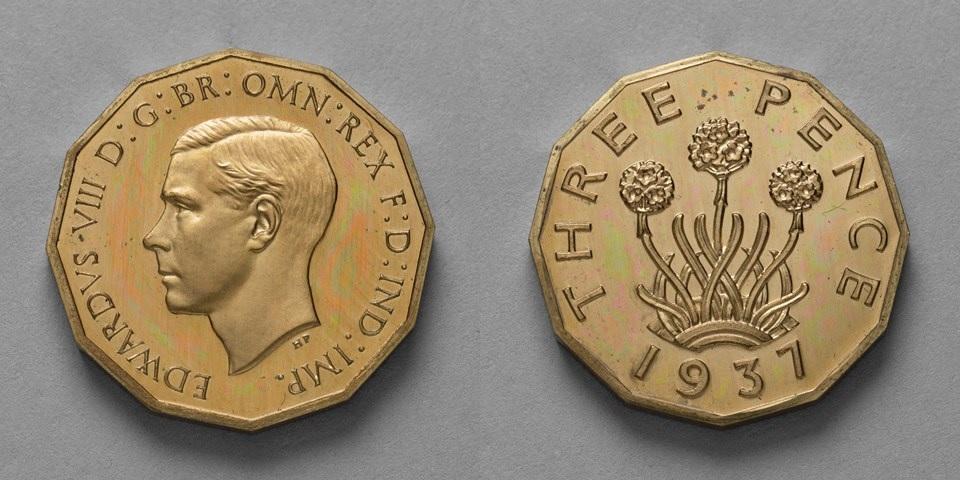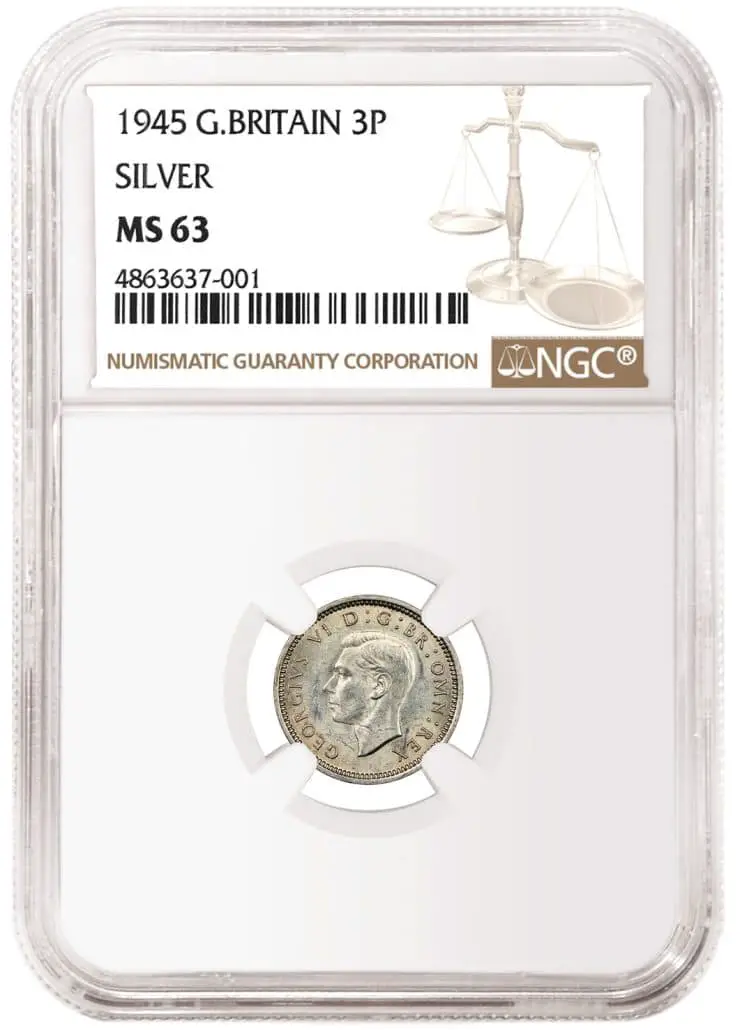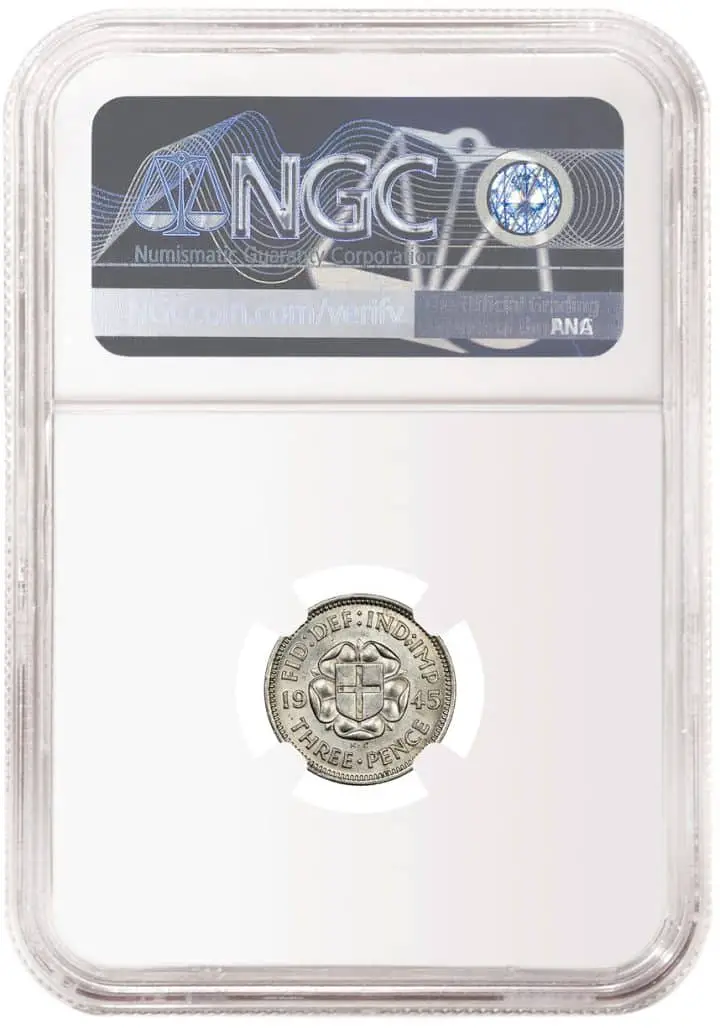In an ever-evolving numismatic market, the threepence holds a distinct place, captivating the hearts of coin collectors and history enthusiasts alike. Originating in the United Kingdom, these coins have travelled through time, from the era of Queen Victoria to the Commonwealth transitions, including the celebrated reign of Queen Elizabeth II. Now that we are approaching the second half of 2024, understanding the threepence current price becomes an intriguing prospect, not just for its historical allure but for its potential investment value. The intricacies of its valuation involve a blend of rarity, condition, and historical significance, making it a fascinating subject for investors and collectors endeavouring to foresee shifts in its market value.
This article delves into the rich tapestry of the threepence’s history, examining its evolution in design and composition, and the consequential impact on its current and future value. By exploring factors that influence the threepence current price—including economic trends, collector demand, and rarity—we present an insightful analysis for those keen on understanding the potential highs and lows of its market value in 2024. Notable examples of threepenny pieces, each with its story and price tag, will further illustrate the continuing appeal and value of these coins within the numismatic community. Through a detailed exploration of these aspects, this article aims to equip coin collectors and investors with the knowledge to navigate the threepenny market with confidence.
Historical Background of the Threepence
Origin and Initial Circulation
The threepence coin, often abbreviated as “3d,” was first introduced during the reign of Edward VI in 1551 as part of a new standard of fine silver coinage. Despite its practical quarter-shilling value, it was not initially popular, leading to its discontinuation in subsequent reigns. It reappeared under Queen Elizabeth I in 1561, distinguished by a rose behind the queen’s head on the obverse and the date on the reverse.
Evolution Through Monarchs
Throughout its history, the threepence saw various designs under different monarchs. Notably, Charles I issued threepences at provincial mints during his reign from 1625 to 1649. Charles II introduced milled silver threepences in 1663, marking a significant shift from hand-hammered to machine-made coinage.Subsequent monarchs, including Queen Victoria, maintained the threepence in circulation with portraits reflecting each era’s style.
Transition During Decimalisation
The threepence underwent significant changes during the decimalisation of British currency in 1971. It was last minted in 1980, leading to its withdrawal from circulation. The coin’s long history concluded with the phasing out of older coin types and sizes in the early 1990s, making room for more modern denominations. This transition marked the end of the threepence’s circulation, solidifying its place as a collectible item among numismatists and investors, reflecting on its value fluctuations and historical significance.
Design and Composition Changes Over the Years
The threepence coin has undergone significant transformations in design and composition through various reigns, reflecting changes in technology, aesthetics, and functionality.
Various Materials Used
Originally crafted from silver, the threepence coin’s allure was partly due to its material. However, during the reign of King George V, the silver content was systematically reduced and alloyed with other metals like copper, nickel, and zinc to address economic demands and durability concerns. By 1937, a shift to a nickel-brass composition marked a significant departure, enhancing the coin’s robustness and reducing production costs.
Design Variations
Each monarch’s reign brought distinct design changes to the threepence coin. From the elegant portraits of Queen Victoria to the detailed effigies of King George VI, the obverse side of the coin served as a canvas showcasing the monarch’s likeness. The reverse designs were equally varied, ranging from royal insignias to symbolic representations such as the thrift plant, introduced during King George VI’s reign as a nod to wartime frugality.
Significant Modifications
The most notable modification was the introduction of the 12-sided shape during King George VI’s reign, a pioneering design that set the threepence apart as Britain’s first non-circular coin. This design not only curbed fraud but also made the coin easily distinguishable by touch, an essential feature during a time when coin handling was a common part of daily transactions. Further adjustments included changes to the coin’s edge and thickness to enhance durability and prevent machine fraud.
These changes in the threepence coin’s design and composition not only reflect its practical adaptations but also its evolution as a cultural artifact, capturing the essence of the periods it represents.

Factors Influencing the Value in 2024
Collector Demand
The demand from coin collectors significantly influences the current price of threepence coins. Specific years, such as 1953, may see varied values based on features like natural toning that appeal to collectors. This demand fluctuates based on the rarity and desirability of certain threepence coins, making some examples far more valuable than others.
Condition and Grading
The condition of threepence coins is crucial, categorised under grades like F (Fine), VF (Very Fine), EF (Extremely Fine), and Unc (Uncirculated). The grade of a coin directly impacts its market value, with higher grades often commanding premium prices. Collectors and investors should refer to grading guides to assess the condition accurately.
Rarity and Historical Significance
Rarity plays a pivotal role in the valuation of threepence coins. For instance, the 1945 silver threepence is exceptionally rare, with known examples fetching high prices at auction due to their scarcity. Historical significance also adds to a coin’s collectible value, with coins from significant dates or those featuring minting errors being particularly prized by collectors.
Notable Examples and Their Current Value
High-Value Specimens
The 1945 silver threepence stands out as a particularly rare specimen, with a known auction price reaching £62,000 due to its scarcity and the historical context of most being melted down. Similarly, the 1949 King George VI brass-nickel threepence, valued up to £650 for an MS-64 grade, showcases the significant value some threepences can reach based on their condition and rarity.

Recent Auction Prices
Recent sales have highlighted the collectible nature of threepences, with auction prices providing a clear indicator of their market value. For example, a 1946 brass threepence in MS-63 condition fetched up to £507. Additionally, a rare 1797 Daniel Collyer “Milton’s Threepence” token was estimated at £150 – £200, demonstrating the sustained interest and value in older and rarer threepence pieces.
Comparison Across Different Eras
Comparing threepences from different periods illustrates a fluctuation in value influenced by historical significance, material, and rarity. The transition from silver to brass-nickel compositions during King George VI’s reign marked a pivotal shift, affecting both the durability and collectability of the coins. This shift is reflected in the varying auction prices and collector interest over the years, providing valuable insights for coin investors looking at potential value changes in 2024.
Conclusion
Reflecting on the journey of the threepence coin from its historical origins to its status as a sought-after collector’s item, we’ve explored the many facets that contribute to its current and future market value. From the intriguing shifts in design and composition to the significant events that have influenced its rarity and desirability, the threepence coin represents a rich tapestry of British history and numismatic interest. The insights detailed in this article, building upon our previous work in 2021, provide a comprehensive overview for coin collectors and investors, highlighting valuable threepences and predicting their potential market fluctuations in 2024.
The analysis of factors such as collector demand, the condition of coins, and their historical significance offers a grounded perspective on what the future holds for these numismatic treasures. As we look ahead to 2024, it’s clear that the threepence will continue to fascinate and engage collectors and investors alike, with some pieces expected to appreciate in value while others may see changes in their valuation. Such predictions are invaluable for navigating the numismatic market, equipping enthusiasts with the knowledge to make informed decisions. Thus, ensuring the legacy of the threepence coin is appreciated by both current and future generations of collectors.
